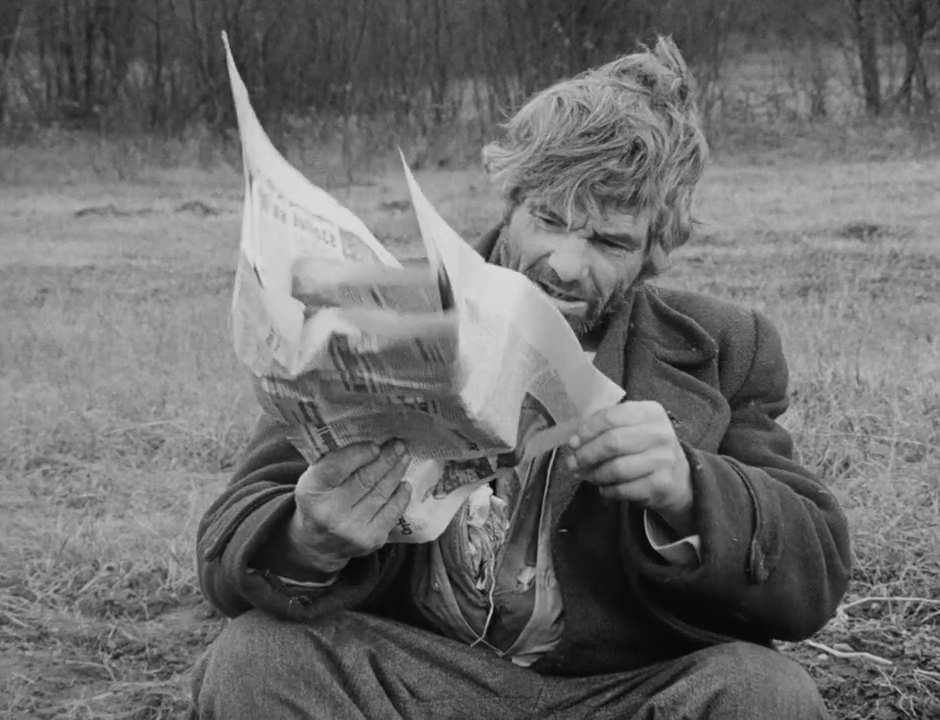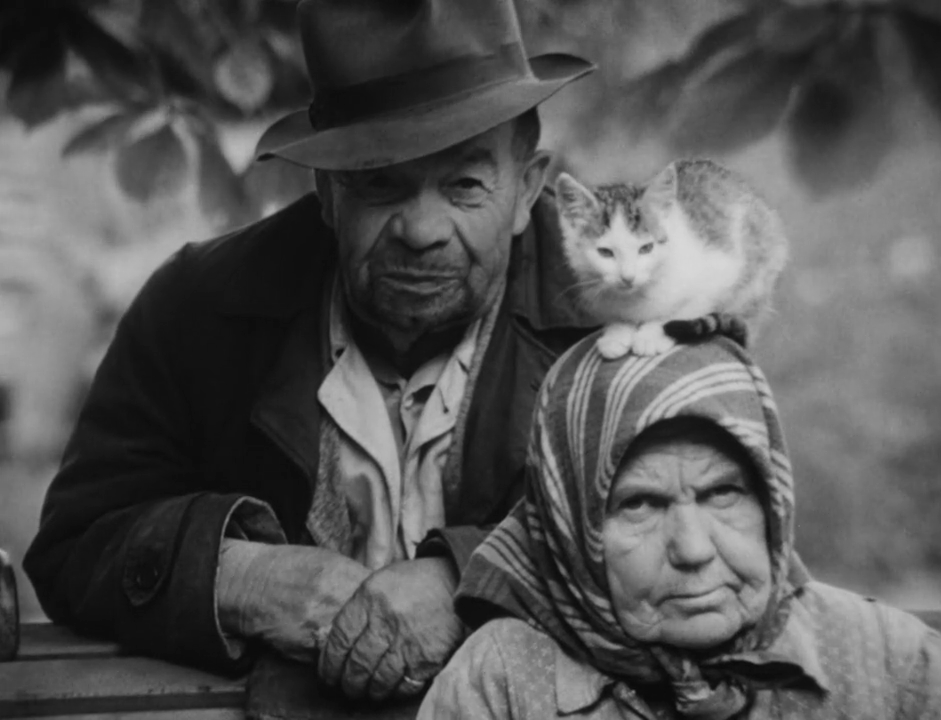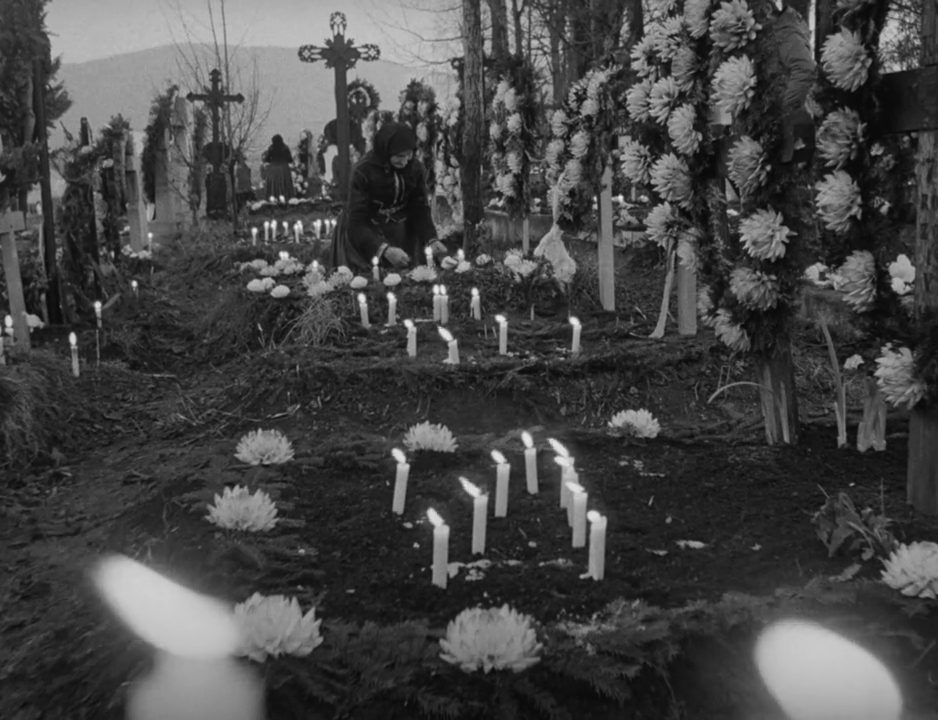Pictures of the Old World (1972)
Pictures of the Old World (1972), directed by Dušan Hanák, is a 70-minute black-and-white documentary shot on 35 mm film. Produced by Slovenský film in Bratislava-Koliba, the film features music by Händel, Václav Hálek, and Jozef Malovec, with cinematography by Alojz Hanúsek.
Many of Dušan Hanák’s short films are inspired by other forms of art—be it acting, music, or visual arts. So when he was offered the chance to make a film about the work of the Slovak photography pioneer Martin Martinček (1913–2004), he interpreted the task in his own unique way. He wasn’t content with merely reproducing Martinček’s world of rural life in Liptov; instead, he set out to evoke and expand that world through cinematic means, creating a polyphony of human stories.
Four of the ten individuals portrayed in the film were originally discovered by Martinček. A fifth—Adam Kura, one of the film’s most striking figures—was found jointly by Hanák and Martinček. The remaining five were found by Hanák himself, accompanied by photographer Vladimír Vavrek. Vavrek’s photos play a role equal to Martinček’s; the film weaves both sets of photographs together with live-action footage. Similarly, it blends documentary techniques with elements of staged filmmaking.
This approach gives the film an air of supreme immediacy and authenticity. In truth, however, it is the product of a careful synthesis of contrasting cinematic methods. It is the collage-like interplay of these methods that shapes the film’s unmistakable poetic quality. Music, singing, synchronized and asynchronous sound, ambient noise, meaningful details, and both real and photographed landscapes are all used in a similar, layered way.
Hanák observes his subjects in relation to the world around them—but he searches for, and finds, their core and sense of security within themselves. "What has value in life?" he asks. And those who have been deeply tested by fate reply: "In life, what has value is life itself—sorrow, joy, cheerfulness, work, God, children, and love."
"Above all else, there is only love."
The film was banned immediately after its premiere for alleged naturalism. In reality, it presents a non-ideological portrayal of a world inhabited by distinctive rural characters, inspired by Martin Martinček’s photographs from the Liptov region. In Hanák’s interpretation, the will to live and overcome life’s hardships culminates in a celebration of authentic humanity.




























